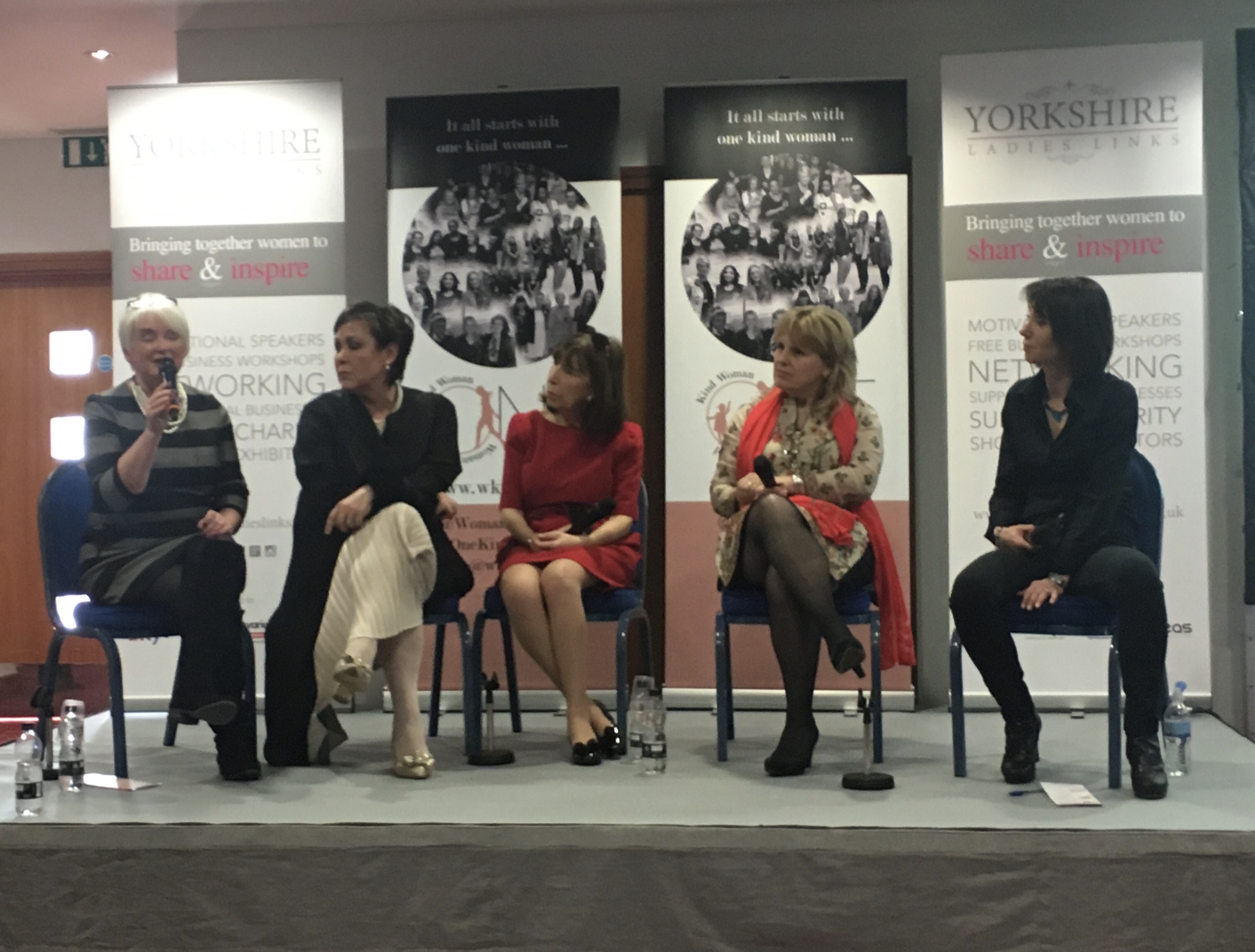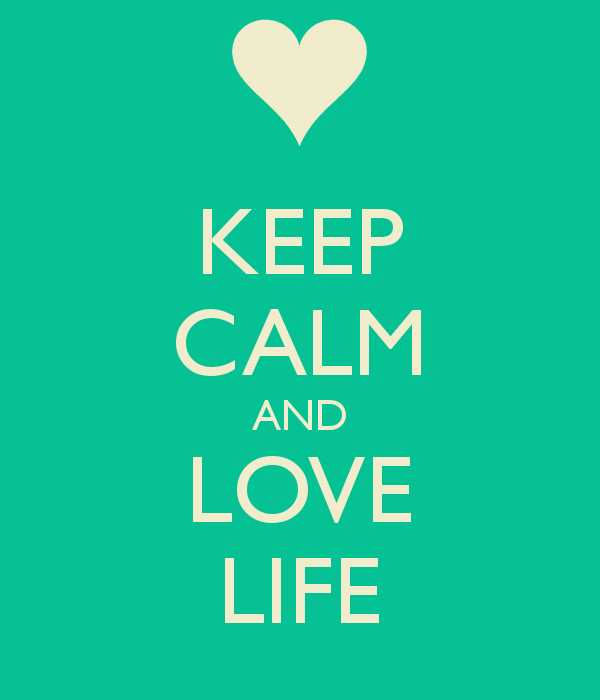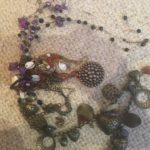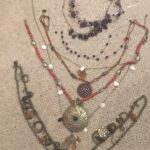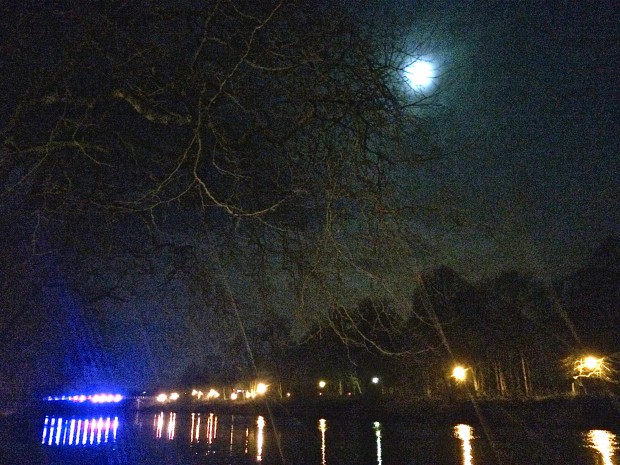 There is a saying – ‘When the pupil is ready, the teacher appears’.
There is a saying – ‘When the pupil is ready, the teacher appears’.
I already have a weekly battery charging session with the wonderful Natacha Dauphin https://www.natachadauphin.com/
And this week I set an Intention for living more joyfully. The teacher who appeared, via some extraordinary kindness and generosity from some of my clients and Maria Popova’s Brainpickings, was Herman Hesse, on just exactly that subject, and I am quoting those thoughts here. They have as much, if not more relevance to today, as they did when he wrote them, and I am grateful for the reminder at a time when I had temporarily forgotten that productivity and success do not necessarily equate to joy.
HURRY- HURRY – THE ENEMY OF JOY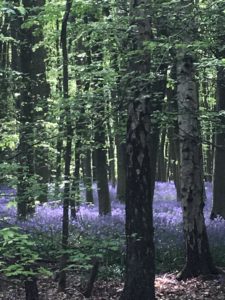
”Great masses of people these days live out their lives in a dull and loveless stupor. Sensitive persons find our inartistic manner of existence oppressive and painful, and they withdraw from sight… I believe what we lack is joy. The ardor that a heightened awareness imparts to life, the conception of life as a happy thing, as a festival… But the high value put upon every minute of time, the idea of hurry-hurry as the most important objective of living, is unquestionably the most dangerous enemy of joy.
AS MUCH AS POSSIBLE – AS FAST AS POSSIBLE??
Our ways of enjoying ourselves are hardly less irritating and nerve-racking than the pressure of our work. “As much as possible, as fast as possible” is the motto. And so there is more and more entertainment and less and less joy… This morbid pursuit of enjoyment [is] spurred on by constant dissatisfaction and yet perpetually satiated.
I would simply like to reclaim an old and, alas, quite unfashionable private formula: Moderate enjoyment is double enjoyment. And: Do not overlook the little joys!
HEADS UP!
Our eyes, above all those misused, overstrained eyes of modern man, can be, if only we are willing, an inexhaustible source of pleasure. When I walk to work in the morning I see many workers who have just crawled sleepily out of bed, hurrying in both directions, shivering along the streets. Most of them walk fast and keep their eyes on the pavement, or at most on the clothes and faces of the passers-by. Heads up, dear friends!
NOTICING NATURE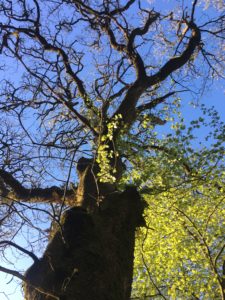
Just try it once — a tree, or at least a considerable section of sky, is to be seen anywhere. It does not even have to be blue sky; in some way or another the light of the sun always makes itself felt. Accustom yourself every morning to look for a moment at the sky and suddenly you will be aware of the air around you, the scent of morning freshness that is bestowed on you between sleep and labor. You will find every day that the gable of every house has its own particular look, its own special lighting. Pay it some heed if you will have for the rest of the day a remnant of satisfaction and a touch of coexistence with nature. Gradually and without effort the eye trains itself to transmit many small delights, to contemplate nature and the city streets, to appreciate the inexhaustible fun of daily life. From there on to the fully trained artistic eye is the smaller half of the journey; the principal thing is the beginning, the opening of the eyes.
DETAILS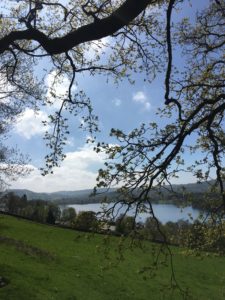
A stretch of sky, a garden wall overhung by green branches, a strong horse, a handsome dog, a group of children, a beautiful face — why should we be willing to be robbed of all this? Whoever has acquired the knack can in the space of a block see precious things without losing a minute’s time… All things have their vivid aspects, even the uninteresting or ugly; one must only want to see.
And with seeing come cheerfulness and love and poesy. The man who for the first time picks a small flower so that he can have it near him while he works has taken a step toward joy in life.
USE ALL YOUR SENSES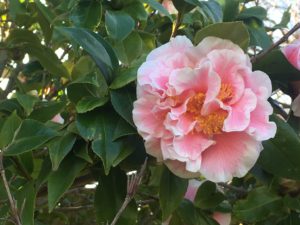
(There are) many other small joys, perhaps the especially delightful one of smelling a flower or a piece of fruit, of listening to one’s own or others’ voices, of hearkening to the prattle of children. And a tune being hummed or whistled in the distance, and a thousand other tiny things from which one can weave a bright necklace of little pleasures for one’s life.
SEEK OUT THE SMALL JOYS
My advice to the person suffering from lack of time and from apathy is this: Seek out each day as many as possible of the small joys, and thriftily save up the larger, more demanding pleasures for holidays and appropriate hours. It is the small joys first of all that are granted us for recreation, for daily relief and disburdenment, not the great ones.”
Herman Hesse
My ’small’ joy of today has been the delight of smelling my fresh herbs of basil, coriander and rosemary. You are very welcome to comment and share yours. I am building a library of Inspriational sayings – we could start a library of Small Joys here!
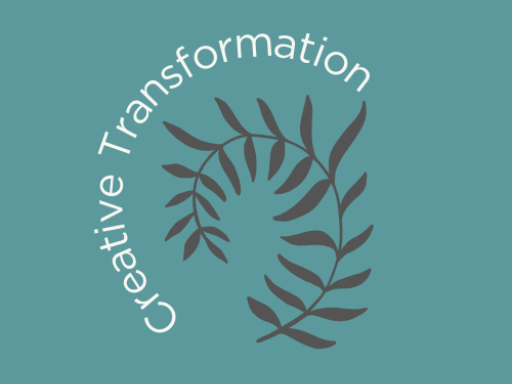
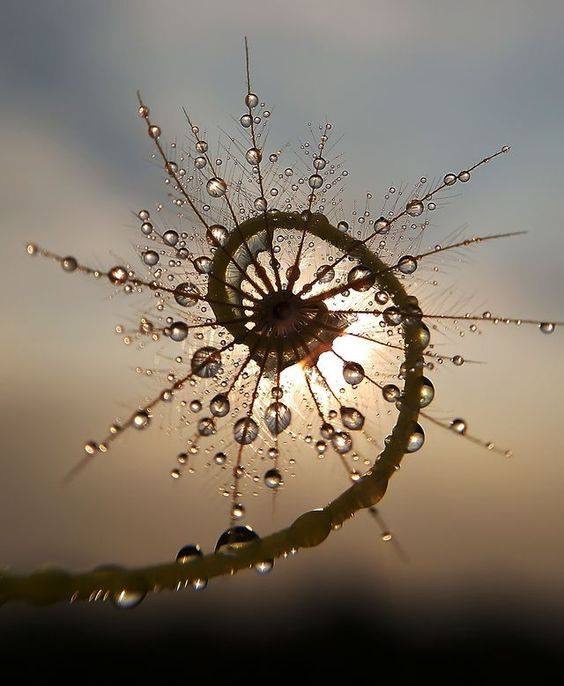
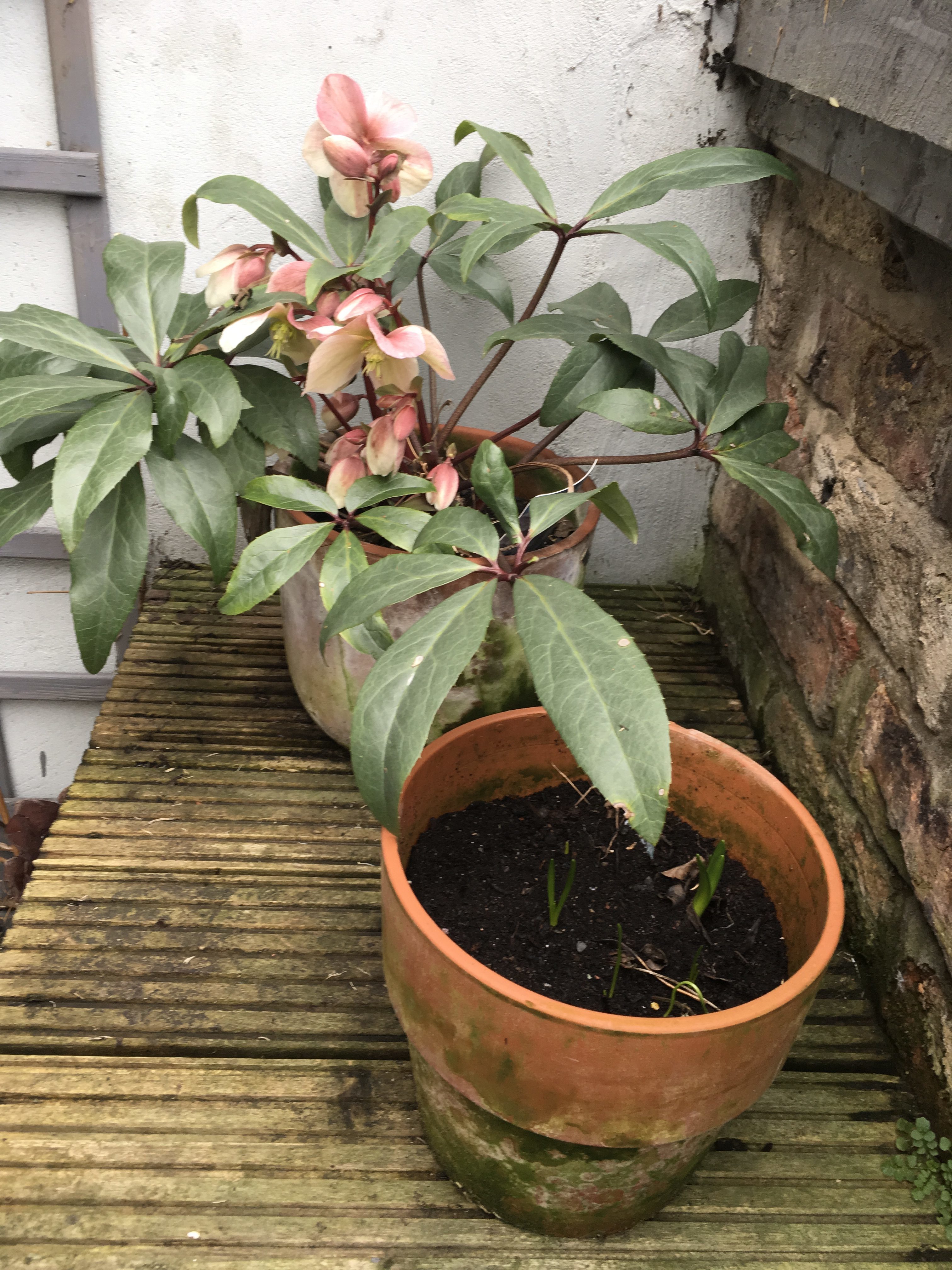
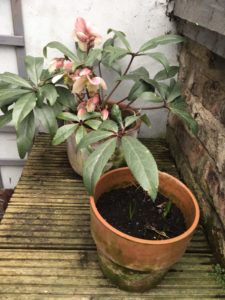
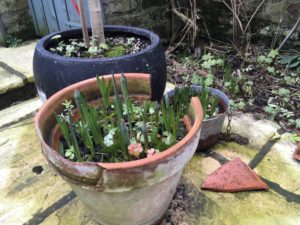
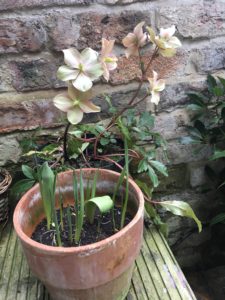
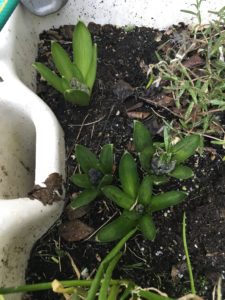 And I realise that wherever I look in my tiny garden, the signs of growth are everywhere – I just haven’t been really looking. And like the hyacinths that are budding in the safety of their leaf nests, my flowers of creativity are budding and ready to bloom.
And I realise that wherever I look in my tiny garden, the signs of growth are everywhere – I just haven’t been really looking. And like the hyacinths that are budding in the safety of their leaf nests, my flowers of creativity are budding and ready to bloom.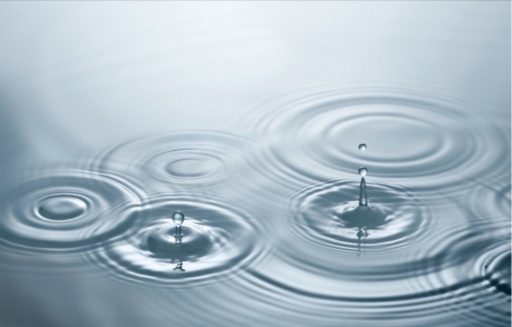 conversation with Lindsay Kyte – she just waking in Halifax Canada, and I just returning from a day out in nature in Yorkshire, UK.
conversation with Lindsay Kyte – she just waking in Halifax Canada, and I just returning from a day out in nature in Yorkshire, UK.

